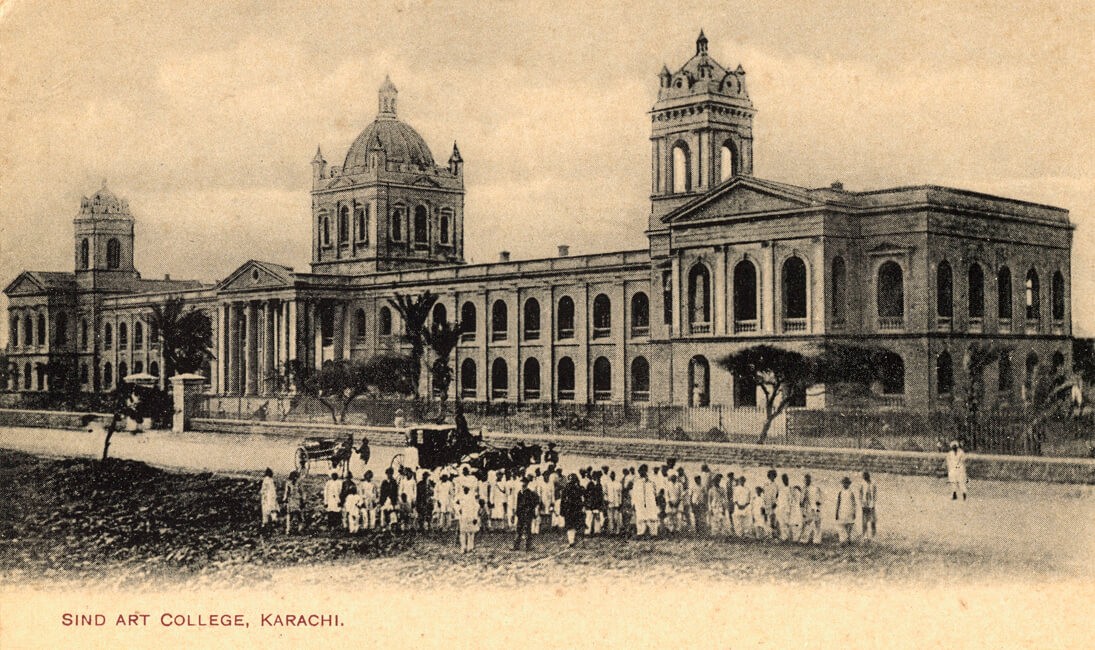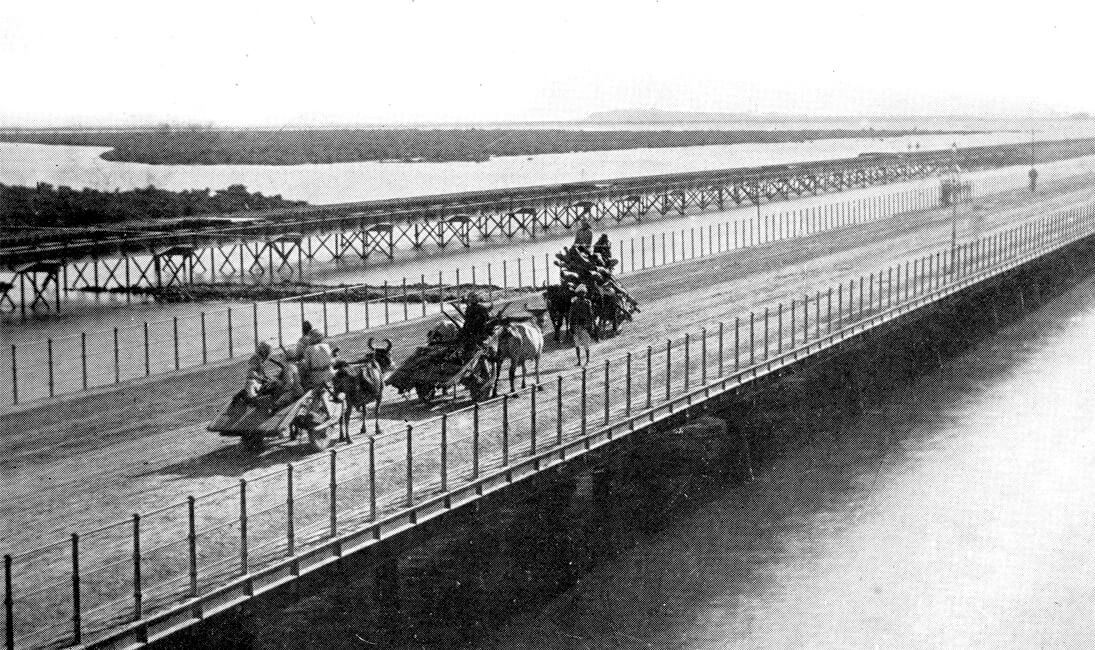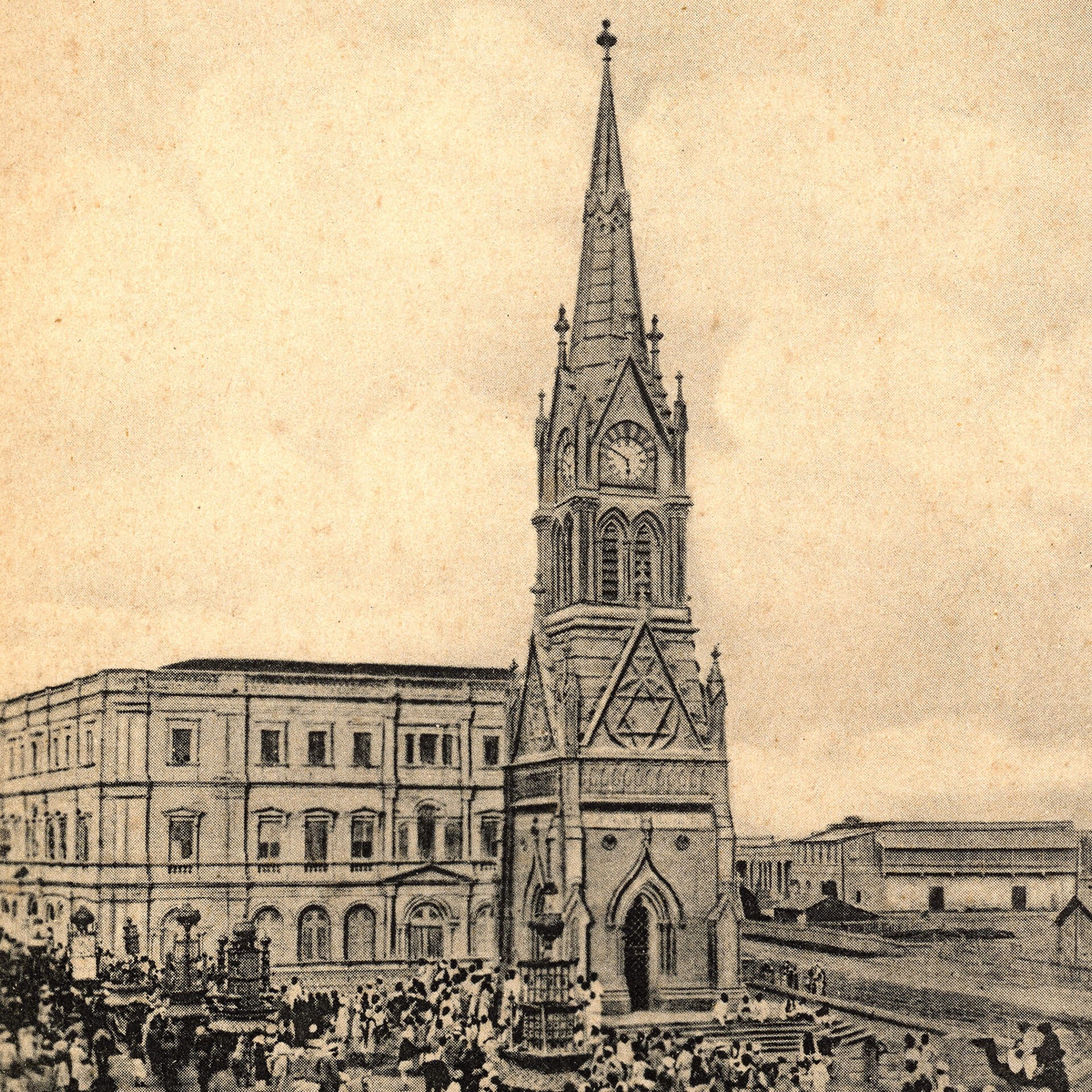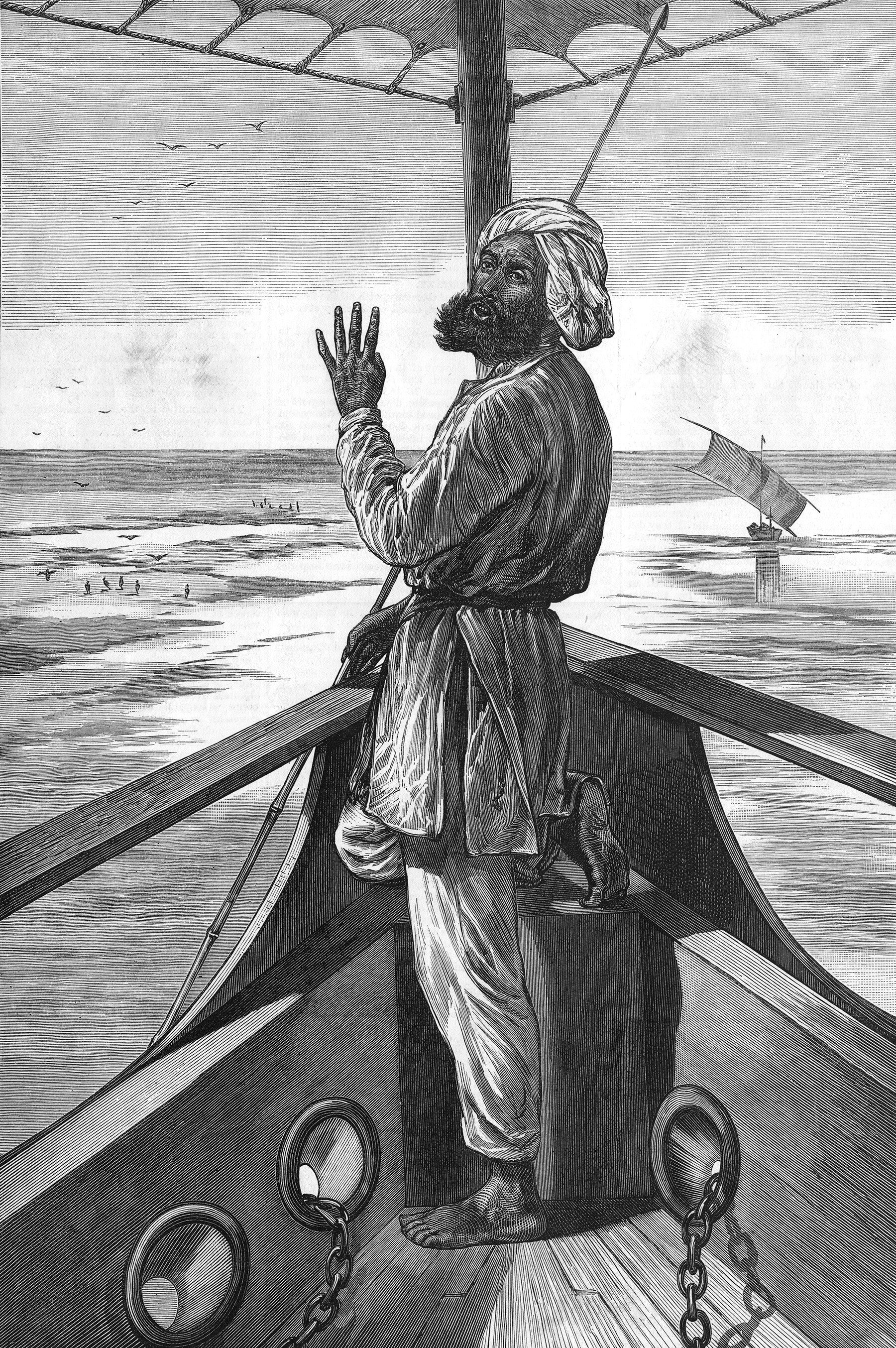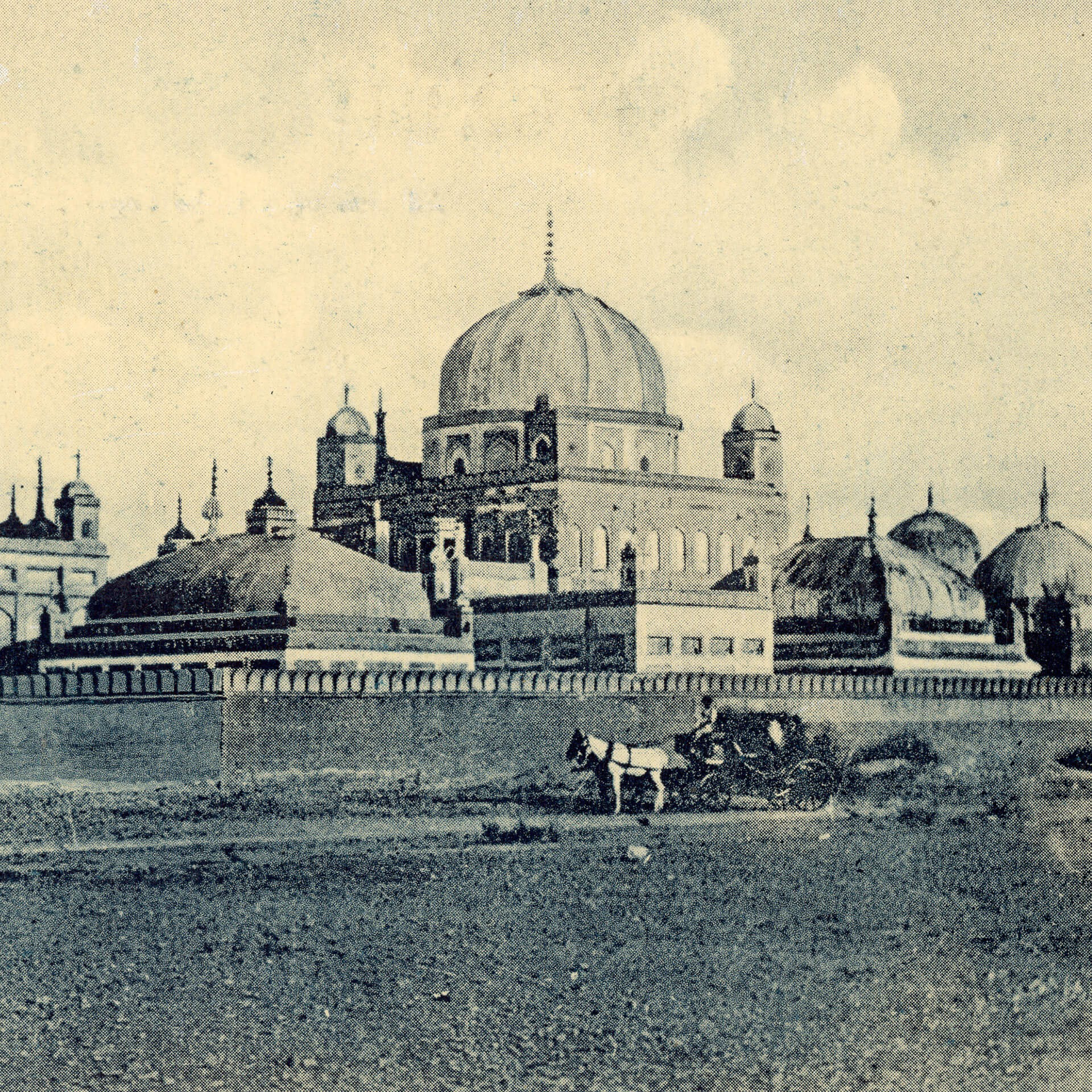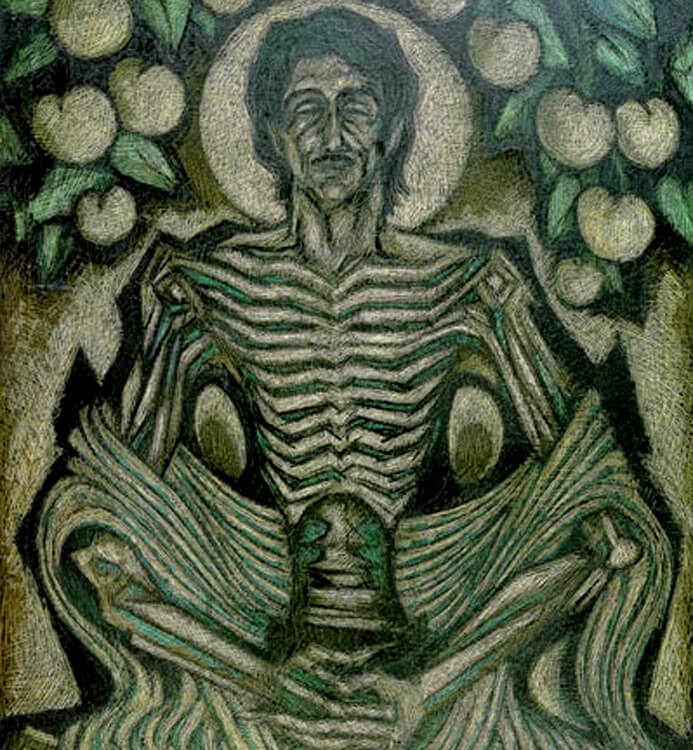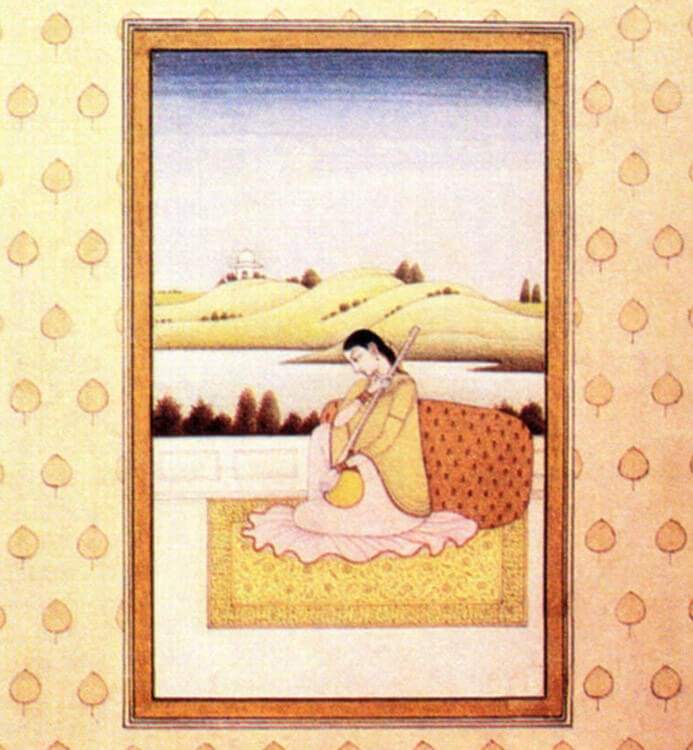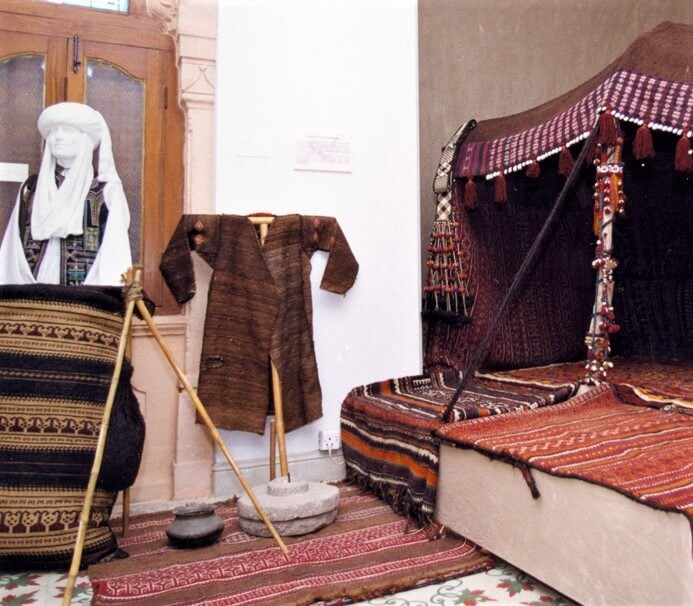The river Indus, also called Sindhu, has been the lifeblood of South Asia. Unlike nations which have arbitrary boundaries, rivers flow across cultures and have historically allowed for the rise of different civilisations and cultures along their length, one of these being the Indus valley civilisation.


